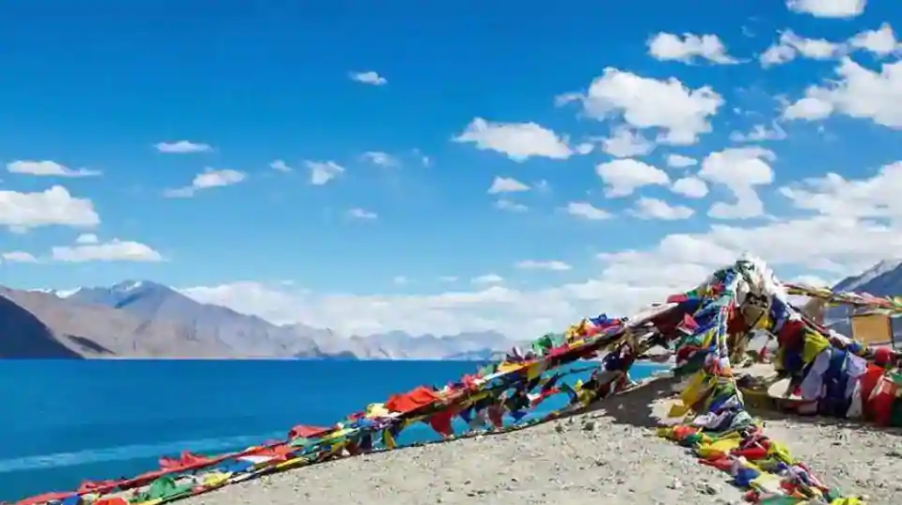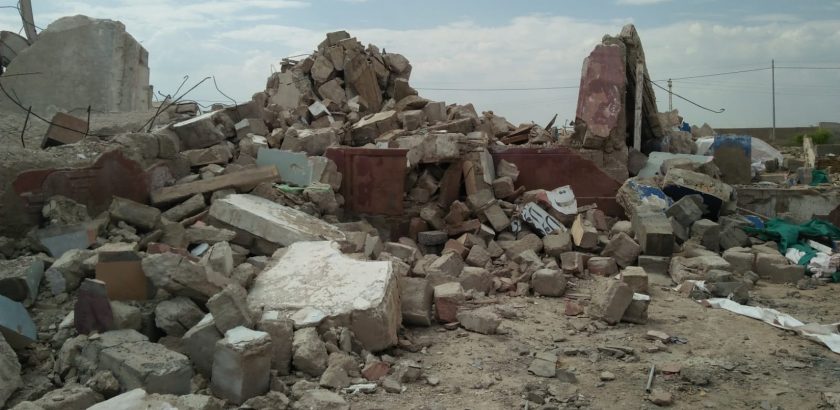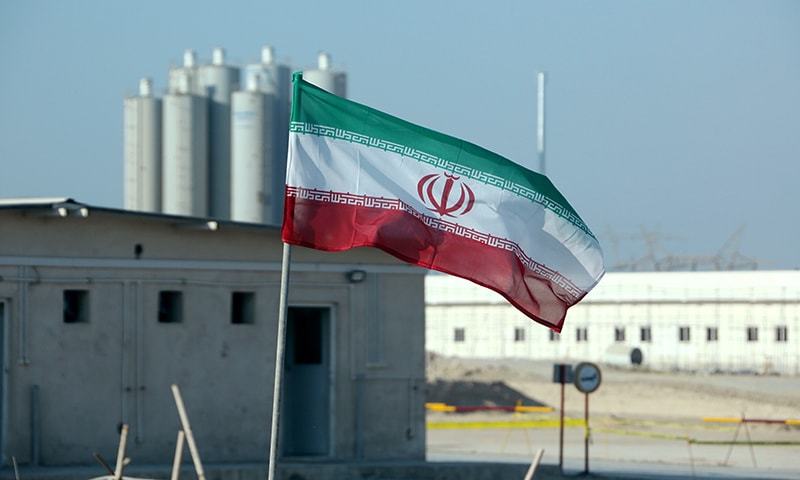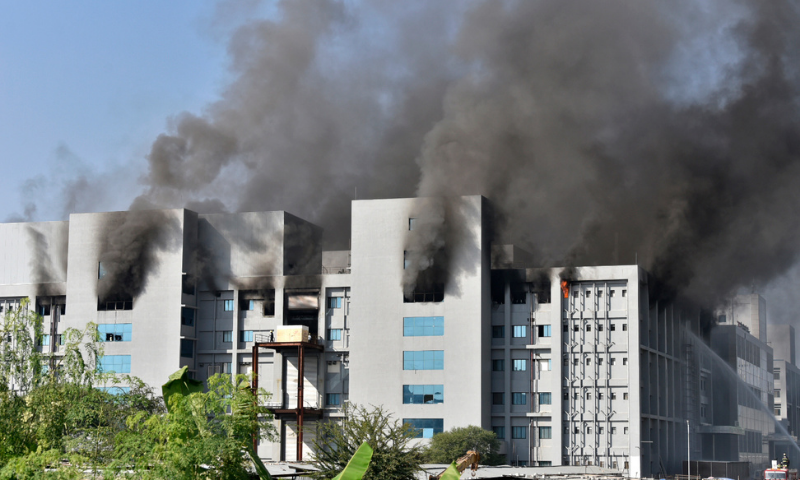![]()
COURTESY BY: https://www.hindustantimes.com/
With disengagement between the Indian and Chinese armies making measurable progress in Galwan Valley, Hot Springs and Gogra, the focus of reducing tensions in eastern Ladakh has shifted to the sensitive Finger Area near Pangong Tso, where the Indian Army has observed a marginal thinning of troops, vehicles and removal of structures from a key spur over the last 24 hours, people familiar with the developments said on Wednesday, speaking on the condition of anonymity.
Some Chinese People’s Liberation Army (PLA) elements have retreated from Finger 4 but it can’t by any stretch be seen as disengagement, said one of the officials cited above. The Finger Area refers to a set of eight cliffs jutting out of the Sirijap range overlooking Pangong lake.
Before the PLA grabbed positions on Finger Four overlooking Indian deployments, the army would patrol right up to Finger Eight that New Delhi considers within Indian territory. The new positions held by the PLA have curtailed the scope of Indian patrols. Fingers Four and Eight are 8 km apart.
“The Finger Area will now be at the centre of the step-wise disengagement process, which is underway at friction points in Galwan Valley, Hot Springs and Gogra. Temporary buffer zones between rival troops have been created there. The Finger Area will be the hardest part of disengagement,” said a second official.
The Indian claim line in this sector extends to Finger Eight, while the Chinese claim is up to Finger Four where the PLA has set up permanent bunkers, pillboxes, observation posts and tented camps over the last two months.
The army has begun a rigorous verification process to monitor the withdrawal of the PLA from Galwan Valley, Hot Springs and Gogra, where 4 km buffer zones between troops have come up, as reported by Hindustan Times on Wednesday.
While the PLA has withdrawn up to 2 km from Patrolling Point 14 (Galwan Valley) and PP-15 (Hot Springs) over the last three days, a similar retreat is expected to be completed at PP-17 (Gogra) within a 24-hour time frame (Thursday), said a third official. The Indian Army is pulling back proportionately in these areas. This is based on an understanding on June 30 by top Indian and Chinese commanders on a phased de-escalation of the ongoing border conflict.
Military experts said the Finger Area will test the disengagement process.
“Disengagement appears to be making reasonable progress in Galwan Valley, Hot Springs and Gogra. The Finger Area will now be the focal point of the disengagement process and will be a true test of China’s commitment and sincerity to resolve the situation,” said former army vice chief Lieutenant General AS Lamba (retd).
The disengagement effort involves rival troops pulling back a specified distance from face-off sites, with further retreat taking place in phases as the complex plan progresses on a verifiable basis on the ground every 72 hours by both sides. It also entails the phased withdrawal of weapons and equipment to a mutually agreed distance, and finally the restoration of status quo ante (the situation as it existed in early April).
The army is keeping a close watch on the ongoing pull back by the PLA. The creation of buffer zones will temporarily restrict the patrolling activities of both armies in the region. While some experts saw this as a necessary step, others cautioned that the temporary curtailing of patrolling rights should not become a long-term feature undermining Indian presence and control, as reported by HT on Wednesday.
Disengagement during a 2014 border standoff at Chumar in Ladakh involved a temporary ban on Indian and Chinese soldiers patrolling disputed areas.
The army is keeping a strict vigil along the contested border in the Depsang sector where a 2013 Chinese intrusion blocked the access of Indian soldiers to several patrolling routes, including the ones leading to PPs-10, 11, 11A, 12 and 13.
The military buildup in Indian and Chinese depth areas hasn’t thinned, with both sides keeping their guard up. The deployment of thousands of soldiers, fighter jets, helicopters, tanks, artillery guns, missile systems and air defence weapons continues in the region.
The disengagement process, a precursor to any kind of de-escalation of the border conflict, started under the terms mutually agreed to at the June 30 meeting between delegations led by Lieutenant General Harinder Singh, commander of the Leh-based 14 Corps, and Major General Liu Lin, commander of the South Xinjiang military region.
This understanding, in turn, was the result of earlier efforts not paying dividends.
It also followed a two-hour video conference between India’s National Security Adviser Ajit Doval and China’s foreign minister Wang Yi, according to official statements by both countries on Monday.
A limited military disengagement in the same friction areas — Galwan Valley, Hot Springs and Gogra — was initiated last month after the commanders reached an understanding on reducing tensions during their first meeting on June 6. But the Galwan Valley skirmish on June 15 dashed disengagement hopes. The clash left 20 Indian and an unconfirmed number of Chinese soldiers dead.
The corps commander-ranked officers then met on June 22 when they hammered out a consensus on disengaging from friction points. However, it neither enabled any disengagement on the ground nor led to the thinning of the military build-up, leading to their third meeting on June 30.
At the June 30 meeting, the Indian side reiterated its demand for the pullback of Chinese troops from friction points along the LAC and sought the restoration of status quo ante in Pangong Tso, Galwan Valley, Hot Springs, Gogra and Depsang plains, apart from emphasising the need for thinning the military buildup in the region.
The first part of this process is underway at the moment.




